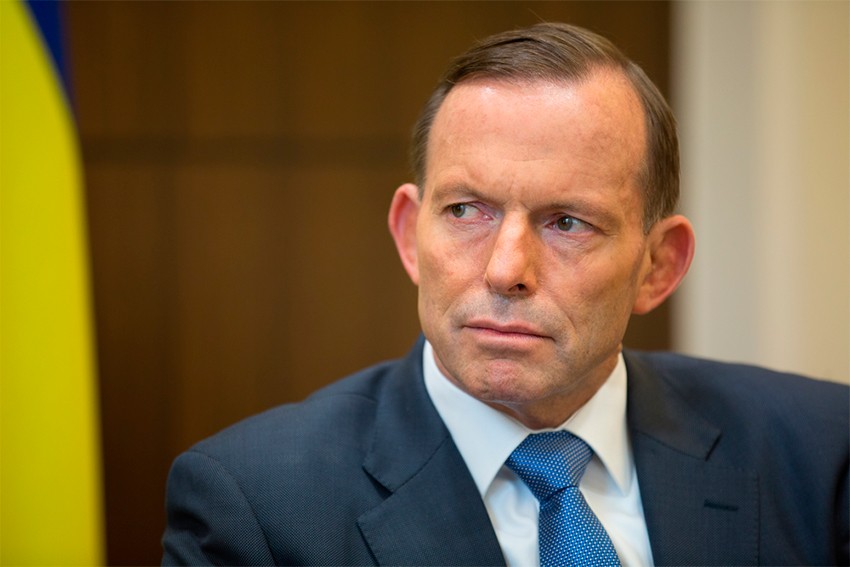Superficial job creation

The Abbott Government is trying to get its narrative to focus on economic growth and jobs.
The Prime Minister Tony Abbott and Treasurer Joe Hockey have been forthright in recent weeks claiming that under their policies the economy has generated an extra 335,000 job since the September 2013 election. They have also emphasised the fact that 38,000 jobs were created in July, which they say is more than 10 times faster than the average rate of job creation in the last year of the Labor government. As facts go, these numbers are correct. At face value, they are impressive results. The Government is right when it says that providing the policy framework where jobs are created is arguably the most important aspect of any government’s economic agenda. There are, however, some serious shortcomings with the selective analysis of the labour market from the government that would not pass muster in a high school Year 12 economics essay. This is because there is no context surrounding those claims and they cherry pick the data to make their point. Here are a few other facts about the labour market since the election that put some context about job creation and unemployment. The working age population has increased by 585,000 people since the election as a result of still robust levels of immigration and natural increase. That is a lot of people. The problem for the government is that its policies. This means that jobs were found for only 57 percent of the population increase. Of great concern, the number of people unemployed has risen by 114,000 since the election. The unemployment rate, within the cohort of population increase, has been a staggering 20 percent. If the economy had been stronger and confidence not smashed by the erratic and misguided policy settings, especially in the 2014 budget, only four to six percent of the addition to the population would be unemployed. Alas, the total number of people unemployed has jumped above 800,000, a 21-year high. This means that the overall unemployment rate has risen from 5.6 percent at the time of the election to 6.3 percent, in turn a 13-year high. The labour force data is not the clichéd ‘something for everyone’ which often can characterise mixed economic news. The 335,000 increase in employment since the election equals an average monthly rise of 15,300. Population growth and other demographics mean that employment needs to rise by close to 20,000 a month, every month, to keep the unemployment rate steady and needs to rise by more than that to get the unemployment rate lower. Under the previous Labor government, the average monthly rise in employment was 13,600. This is a more realistic framework to judge the job-creating credentials of each side of politics, although it must be noted that during Labor’s time in office, the Global Financial Crisis sparked the weakest global economic environment since the 1930s Great Depression. In contrast, since 2013, the global economy has been performing reasonably well, even allowing for the cooling in economic activity in Australia’s major export partner, China. The simple fact is that the labour market has continued to under-perform since the election despite the superficial appeal of the 355,000 jobs created. Indeed, the recent minutes from the Reserve Bank of Australia’s August board meeting, suggested that there was “spare capacity in the labour market” which is economist talk for weak. The vital element of job creation is economic growth and here there are some hopes that the record low interest rates and now under-valuation of the Australian dollar will see the economy pick up momentum. The RBA also noted in the board minutes that the unemployment rate might have peaked at around 6.25 to 6.5 percent. As noted above, if this is the case, average monthly employment growth needs to exceed 20,000, which is something that the Australian economy has not been able to deliver on a sustained basis since the era prior to the GFC in 2007. Only if this happens, can the Abbott Government claim success on its record of job creation, rather than relying on population growth to deliver a superficially appealing tally of job creation.